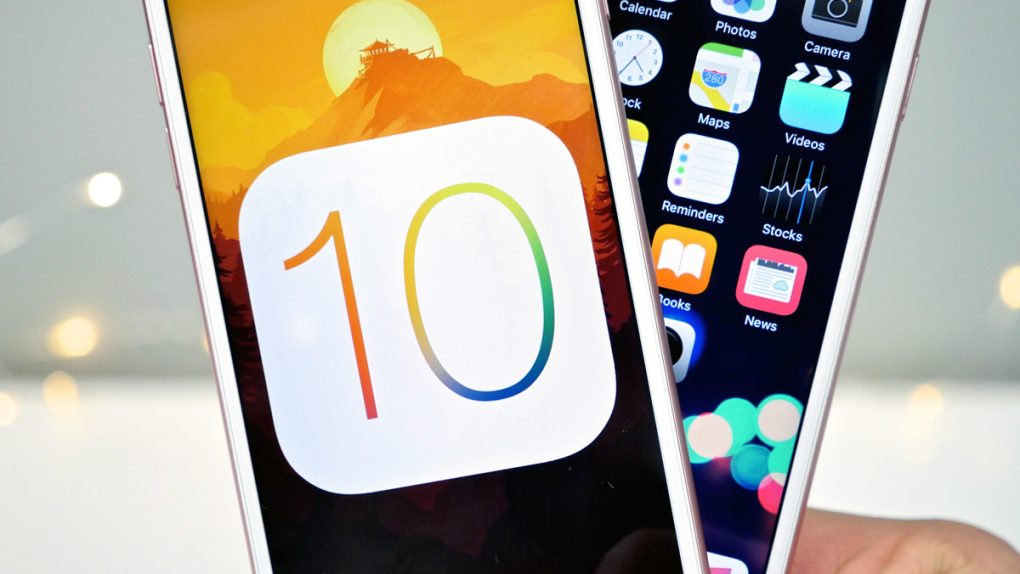Earlier this week, Apple put an end to the beta madness and released iOS 10.3 to the public. Don’t worry, a new developer beta — iOS 10.3.2 — was promptly released the very next day. We already told you about all the best new features in iOS 10.3, and we also drew attention to one feature in particular, a hidden change that gives the iPhone and iPad a nice little speed boost. If you haven’t already updated though, there’s one feature that we should warn you about because we’ve received a handful of emails from people who have run into some serious problems.
Among the behind-the-scenes changes in iOS 10.3, Apple’s move to a new file system is clearly the biggest. Prior to iOS 10.3, all iOS devices used the popular HFS+ file system. Beginning with iOS 10.3, however, Apple has moved to the more modern Apple File System (APFS).
There are a number of advantages to switching to Apple’s new file system, but the big ones are better optimization for NAND flash storage and SSD storage, more accurate time stamping, and support for stronger encryption. HFS+ is 30 years old at this point, so it was clearly time for a change.
Here’s the problem, however: once you update your phone to iOS 10.3 and your file system is converted to APFS, you can no longer roll back without wiping your phone and reinstalling an older iOS build. Why is that significant? Because if something goes wrong and you roll back to an older build, you’ll no longer be able to recover data because everything will have been converted to APFS.
So, a word of warning: Back. Up.
If you haven’t already upgraded to iOS 10.3, be sure to back up all of your data before you do. This can be done either with iCloud (Settings > iCloud > iCloud Backup > Back Up Now) or by backing up using iTunes. It might take a little while, but waiting a few minutes while your iPhone backs up is much less aggravating than losing some or even all of your data.








